 The holiday season is here. That means a lot of us will be traveling to see family and friends. You might be worried about not being able to keep up with your fitness routine while on the road. I am here to show you workouts that do not require a gym.
The holiday season is here. That means a lot of us will be traveling to see family and friends. You might be worried about not being able to keep up with your fitness routine while on the road. I am here to show you workouts that do not require a gym.
A Strength Workout and a Cardio Workout
I’ve listed two workouts below. One is a strength workout, and the other is a cardio workout that doesn’t involve going outside for a run. Both workouts take only 20 minutes, giving you plenty of time to enjoy time with your family and friends. The strength workout is an AMRAP style. This means you will set a timer for 20 minutes and get through as many rounds as you can in that time (take breaks as needed). The cardio workout is a circuit-style workout. You will perform each move for 45 seconds, then take a 15-second rest before going on to the next move.
To make things easier for you, I recommend downloading an app on your phone that allows you to set interval times. This way you don’t have to worry about continually watching the timer. I personally like to use the app called Interval Timer—HIIT workouts.
The Workouts
Here are the two workouts.
Bodyweight Strength Workout
20-minute AMRAP (as many rounds as possible)
- Squats (x10)
- Dips (x10)
- Push-ups (x10)
- Curtsy lunge with side kick (x10 each side)
- Plank (30 seconds)
- Marching Glute Bridge (x10 each leg)
Bodyweight Cardio Workout
Perform each move for 45 seconds, then rest 15 seconds. Repeat the circuit 4 times.
- Skaters
- Single-leg reach and knee drive
- 123 high knees
- Side shuffles
- 6 mountain climbers to a push-up
Remember, workouts don’t have to be an hour long to be “good” workouts. Getting any kind of movement for your body is great! Don’t be discouraged during this time if you miss a workout or two. Get movement in when you can, and enjoy the season!
This blog was written by Kaitlyn Pando, NIFS Group Fitness Coordinator. To learn more about the NIFS bloggers, click here.


 Looking for a simple and fun way to plan your own workout? You can use a deck of playing cards to determine which exercises to do and how many reps. Here are the steps for planning this game-based workout.
Looking for a simple and fun way to plan your own workout? You can use a deck of playing cards to determine which exercises to do and how many reps. Here are the steps for planning this game-based workout.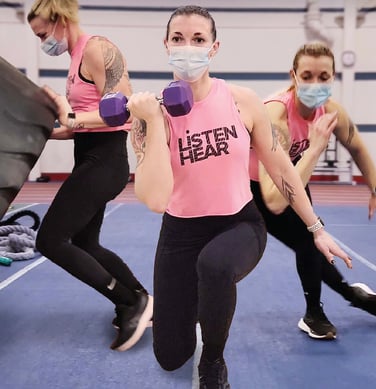 With the world now instantly accessible through technology, it’s easy to understand why a growing number of people expect things to be done in a shorter amount of time. Like many others, I’m a big fan of things that are fast and effective, and that includes my workouts. High-intensity circuit training does just that by providing an effective and convenient way to increase exercise results in less time.
With the world now instantly accessible through technology, it’s easy to understand why a growing number of people expect things to be done in a shorter amount of time. Like many others, I’m a big fan of things that are fast and effective, and that includes my workouts. High-intensity circuit training does just that by providing an effective and convenient way to increase exercise results in less time. 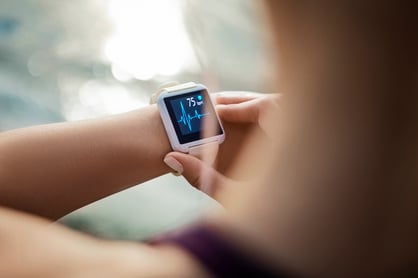 While training your cardiovascular system, it is important to understand how much you are stressing and overloading the system. Just like with your musculoskeletal system, there is a maximum rate your heart can achieve. The best way to discover this number is to undergo a maximal aerobic capacity test, but it isn’t necessarily practical or safe for all populations.
While training your cardiovascular system, it is important to understand how much you are stressing and overloading the system. Just like with your musculoskeletal system, there is a maximum rate your heart can achieve. The best way to discover this number is to undergo a maximal aerobic capacity test, but it isn’t necessarily practical or safe for all populations.  We’re in the midst of the holidays. You probably have family commitments or events pulling you away from the gym or time with
We’re in the midst of the holidays. You probably have family commitments or events pulling you away from the gym or time with 
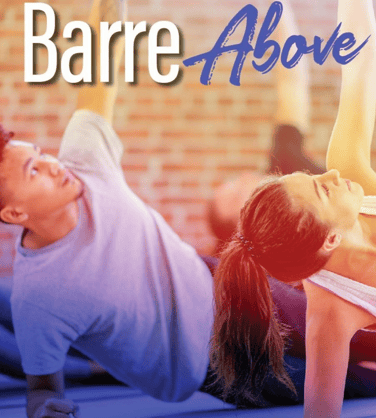 Are you looking for a workout to strengthen and tone muscles without increasing bulk, but have not found anything that you like doing? Have you always wanted to increase your cardiovascular endurance and metabolism but hate doing regular old boring cardio? Well I might have an answer for you…
Are you looking for a workout to strengthen and tone muscles without increasing bulk, but have not found anything that you like doing? Have you always wanted to increase your cardiovascular endurance and metabolism but hate doing regular old boring cardio? Well I might have an answer for you… 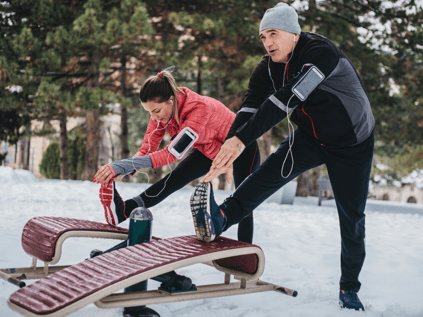 The temperatures are still frigid, and there are days when it seems as if the sun doesn’t shine. This is the time of year when we can start to feel down and less motivated, and maybe start to develop a case of the winter blues. It's easy for these negative thoughts to start creeping into our heads, but it is just as easy to kick these thoughts to the curb with these five simple steps.
The temperatures are still frigid, and there are days when it seems as if the sun doesn’t shine. This is the time of year when we can start to feel down and less motivated, and maybe start to develop a case of the winter blues. It's easy for these negative thoughts to start creeping into our heads, but it is just as easy to kick these thoughts to the curb with these five simple steps.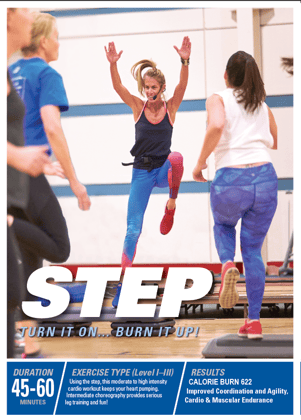
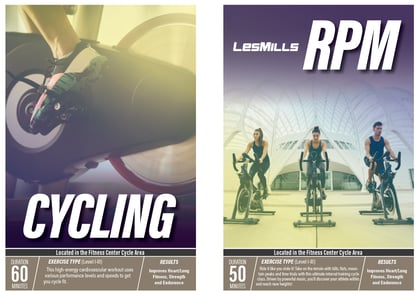 Cycling is becoming one of the most popular trends in group fitness. Not only is it a great class to take for the cardio benefits and calorie burn, cycling is a great resistance-based workout that can also increase strength. Many cycling classes are tracked in two ways, by
Cycling is becoming one of the most popular trends in group fitness. Not only is it a great class to take for the cardio benefits and calorie burn, cycling is a great resistance-based workout that can also increase strength. Many cycling classes are tracked in two ways, by